|
The Sistine Chapel, named for Pope Sixtus IV, contains some of the most famous works of Renaissance painting -- most notably the ceiling, which was painted by Michelangelo. Inspired by this iconic collection, I have made note of sixteen works of Renaissance painting, sculpture, and architecture that every serious student of Renaissance art should know. Click here to download a printable handout in PDF format.
The fifteenth century was a formative period of Renaissance art known as Quattrocento (Latin for 400 - the century with a four in it), during which Renaissance art developed into a style that was clearly distinguishable from medieval art, incorporating linear perspective, realistic portrayals of human subjects, and a greater incorporation of classical themes (while still producing plenty of beautiful religious art).
Tommaso di Ser Giovanni di Simone - known as Masaccio (“Sloppy Tom”) for taking no care for his appearance because he was too passionate about painting to care about anything else - had a powerful influence on the development of Renaissance painting during his short life (he died at 26). The Tribute Money depicts a scene from the Gospels, in which Jesus asks Peter to go to a fish and open its mouth to remove a coin that will allow them to pay the Temple Tax. Masaccio was the first Renaissance painter to employ linear perspective and used chiaroscuro shading to direct the viewer’s attention to Jesus. Both of these techniques pioneered by Masaccio would become prominent in Renaissance painting.
That is, until Filippo Brunelleschi, a gifted sculptor and architect, began to study the Roman Pantheon and other architectural marvels, making detailed sketches and taking precise measurements. Brunelleschi gained confidence in his ability to construct a dome based on classical designs and won the commission after a hard- fought battle. Fighting every step of the way with people who envied his talents, Brunelleschi’s dream finally became a reality when the Florence Cathedral was consecrated, with a finished dome, in 1436 – 140 years after construction began.
The bronze David is portrayed as youthful and is crowned with a laurel wreath (a classical symbol for victory). He wears a slight smile as if he is still trying to process what had happened. His foot is perched casually on Goliath’s severed head and he holds the sword of his vanquished foe.
The Adoration of the Magi, produced by Sandro Botticelli early in his career, distinguished his mastery of the art of painting. Vasari, author of Lives of the Artists, notes that the faces of the onlookers are not only painted from different angles and looking in different directions, but also have varied facial expressions.
Primavera, a similar work by Botticelli with sensual portrayals of female figures from classical mythology, is also well-known but not quite as iconic as The Birth of Venus.
Perugino’s Delivery of the Keys is arguably the most recognizable painting in the Sistine Chapel that was painted by someone other than Michelangelo. It depicts a biblical scene in which Jesus gives the keys to the Kingdom of Heaven - shown as literal keys here – to Peter and tells him that He will build His Church on the rock of Peter and his profession of faith. This scene is particularly important because it explains the Catholic doctrine of papal supremacy, as the pope claims to be the successor to Peter, the first Bishop of Rome. Those who enter the pope’s personal chapel are reminded of the basis for the pope’s claim to authority over all Christians. The background of the painting is filled by works of classical architecture built in the Greco-Roman style. The triumphal arches on either side balance the painting. And Perugino uses light to direct the viewer toward Jesus and Peter. Mixed in with the apostles are figures wearing contemporary Renaissance clothing. Early in his career, Perugino was regarded as the best painter of his time. His style built a bridge between the Quattrocento style of the fifteenth century and the High Renaissance style that developed at the turn of the sixteenth century. Later in his career, he was eclipsed by the work of the High Renaissance masters, such as Leonardo, Michelangelo and Raphael. But as Raphael’s teacher, he would leave a lasting legacy as the man who taught the greatest painter of the Renaissance how to paint.
The High Renaissance was the peak of artistic achievement in Renaissance art and literature, during which the greatest Renaissance masters – Leonardo, Michelangelo, and Raphael – perfected the idealized realistic portrayal of humanity in art.
The Last Supper depicts the moment when Jesus announced to His apostles that one of them would betray him. The apostles are shown in groups of three, expressing varying degrees of anger, shock, and grief. In the group next to Jesus’ right shoulder, John leans toward Peter while Judas shrinks back, holding a sack of money. The Da Vinci Code, a popular book adapted to film, promotes the theory that da Vinci intended for John to represent Mary Magdalene, but art historians do not buy this, noting Leonardo’s tendency to feminize men. While Leonardo’s The Last Supper is one of the most recognized paintings in the world, it is one of the most poorly preserved paintings in history. Rather than paint a fresco on wet plaster, Leonardo painted The Last Supper on a dry wall in order to enhance the coloring and give him more time to modify the painting as he worked. The painting began deteriorating almost immediately and numerous attempts have been made to preserve and restore it. Copies of the painting give us the best picture of how the original might have looked.
The Mona Lisa is housed in the Louvre. It has been vandalized several times, including by one man who claimed to be in love with the painting and cut it with a razor blade, hoping to steal it. Shortly before World War I, an Italian patriot who was employed at the Louvre stole it, believing that the classic Italian painting belonged in Italy. The painting was later recovered and returned to the Louvre after being briefly displayed in Florence.
The large block of marble that would become Michelangelo’s David sat idly for decades before the leaders of Florence could find someone who could be trusted to sculpt something worthy of its value. Michelangelo received the commission and spent two months of his life sculpting the most recognizable statue of the Renaissance.
Raphael’s The School of Athens is the embodiment of the classical spirit and artistic perfection of the Renaissance. Not only does the painting achieve balance, perspective, and realism, but it features the great philosophers of classical antiquity together all in one room. At the center, Plato (modeled after Leonardo da Vinci) debates philosophy with his pupil, Aristotle, with Plato pointing to the sky to illustrate his idealism while Aristotle’s hand hovers above the ground, inviting his teacher to consider physical realities as a starting point for human understanding. Socrates stands a short distance away from Plato and Aristotle, engaging a group of people around him. Diogenes, the cynic philosopher, sits alone on the steps while Raphael stands in the bottom right corner next to the Persian prophet, Zoroaster, who is holding a model of the stars in his hand.
The Creation of Adam forms the centerpiece of Michelangelo’s collection of paintings on the Sistine Chapel ceiling. It is part of a series of paintings on the ceiling that represent the Creation and Fall of Man, as well as God’s promise of redemption and salvation for humanity. The anatomically correct portrayal of Adam represents the meticulous studies of human anatomy undertaken by High Renaissance painters. Some observers have even noted the dark red background behind God resembles the human brain. Adam’s limbs are portrayed in the same likeness as God’s to show that he was created in His divine image. God’s outstretched finger nearly touches Adam’s, but Adam’s finger does not quite touch God’s, even though it would be possible if he were to will himself to stretch his finger. This illustrates both the humanistic belief in the human potential and Christian teachings about human sinfulness separating God and Man.
During the fifteenth century, the Renaissance was an Italian phenomenon, but as the printing press allowed humanist writings and Renaissance culture to spread north of the Alps, where artists made their own adaptations of the Renaissance style.
For German Renaissance painter Albrecht Dürer, the year 1500 marked not only the beginning of a new century, but a milestone in his own life. At that time, the age of 28 represented the transition from young manhood to maturity.
0 Comments
|
Tom RicheyI teach history and government Archives
May 2023
Categories
All
|

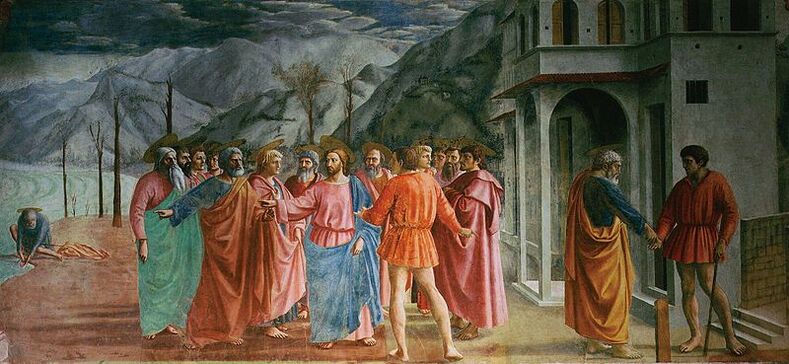
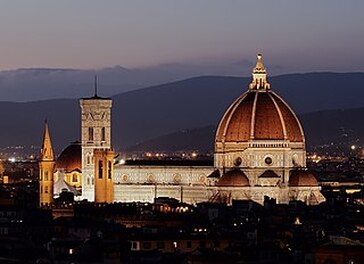
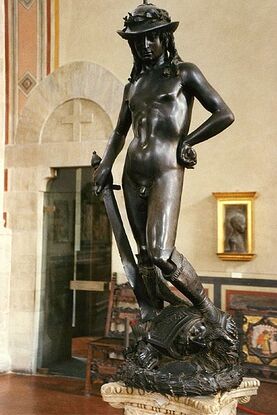
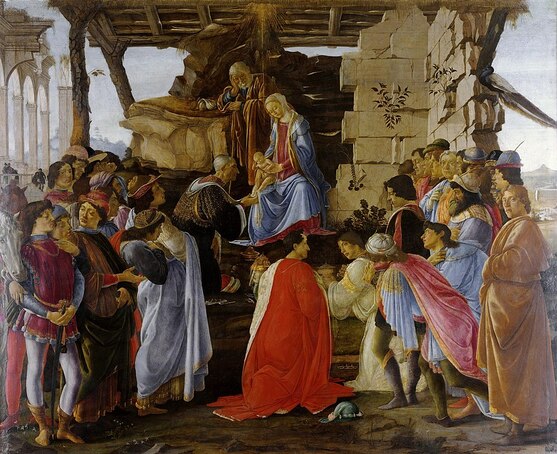
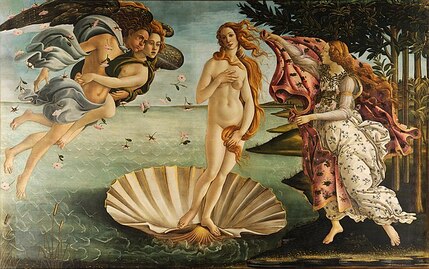
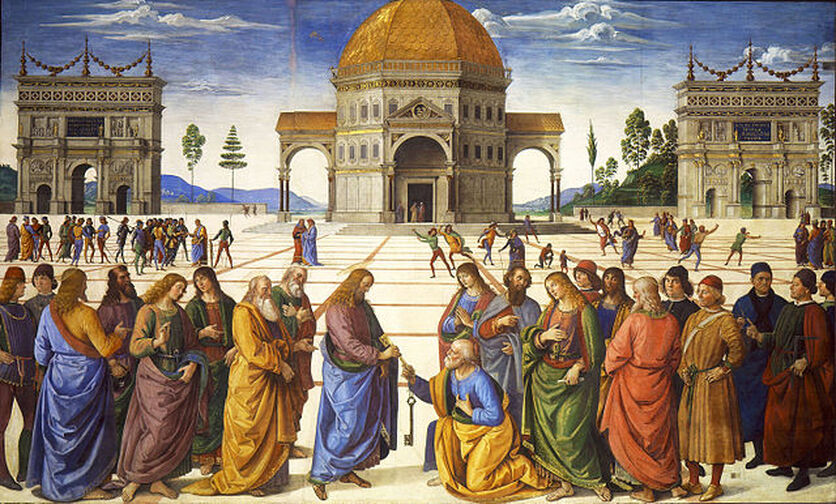
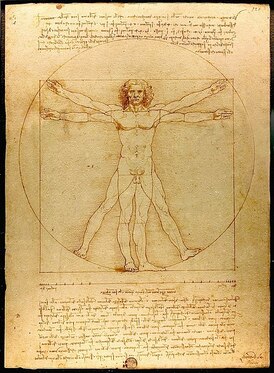
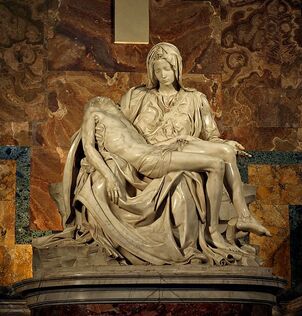
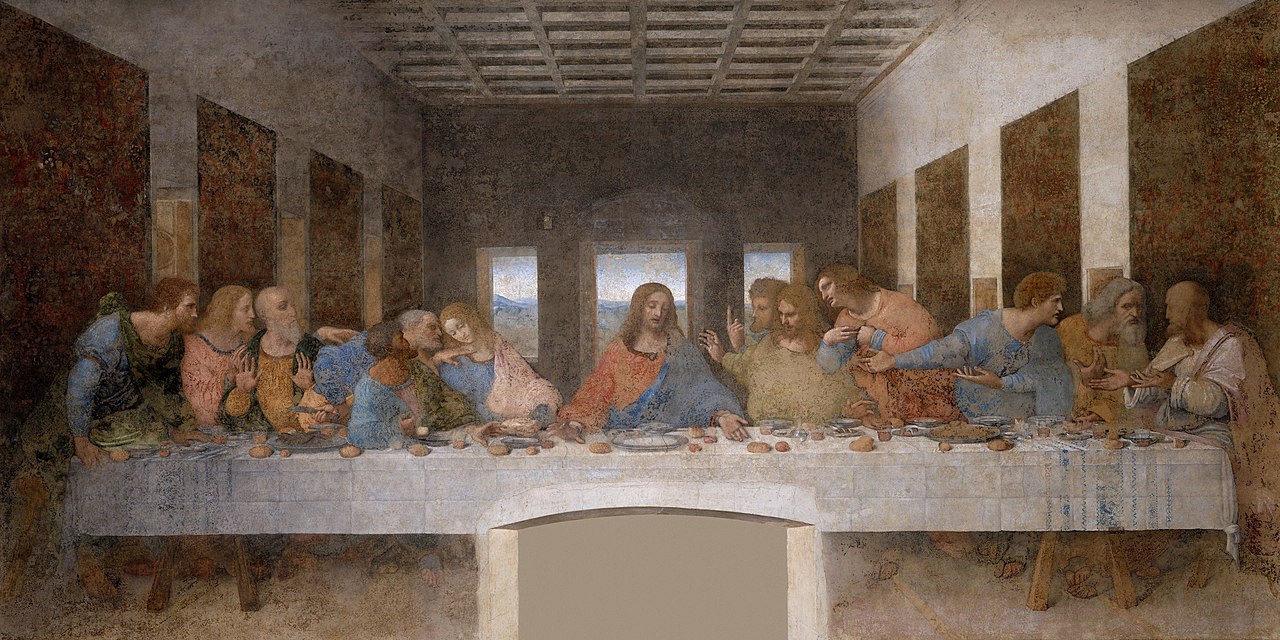
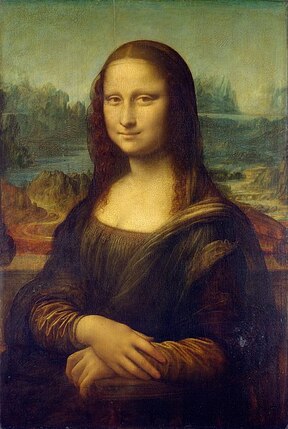
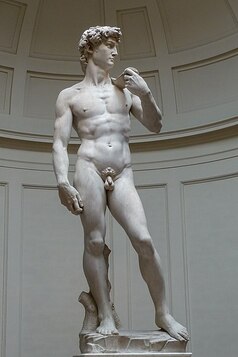
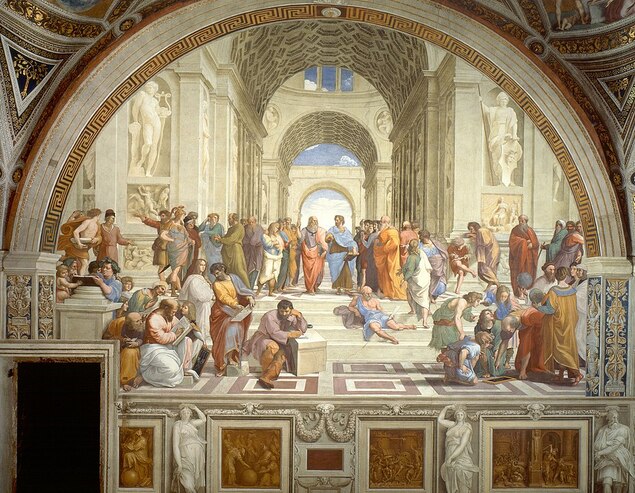
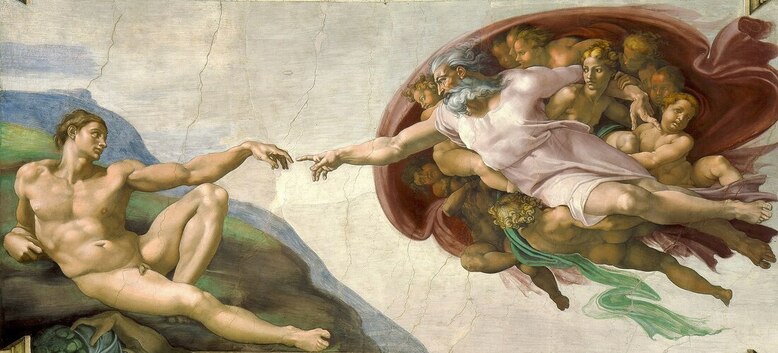
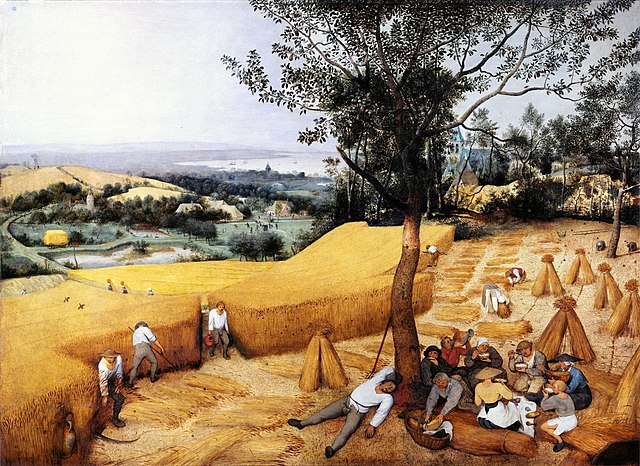
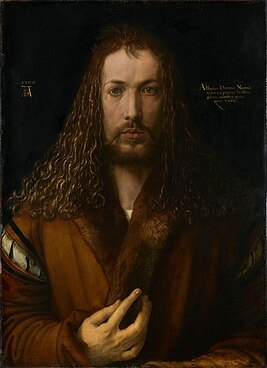
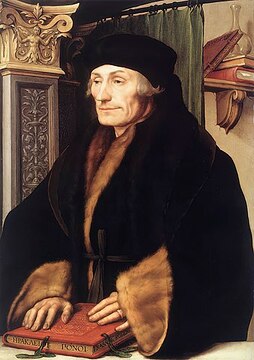
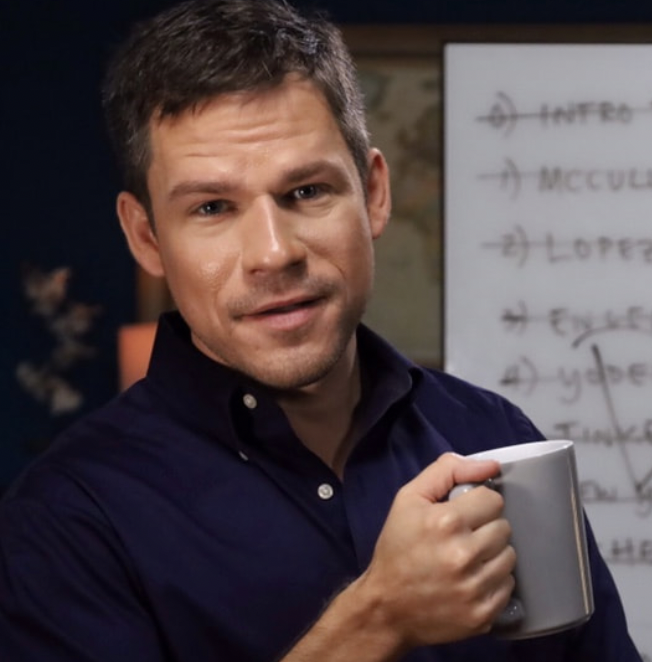
 RSS Feed
RSS Feed